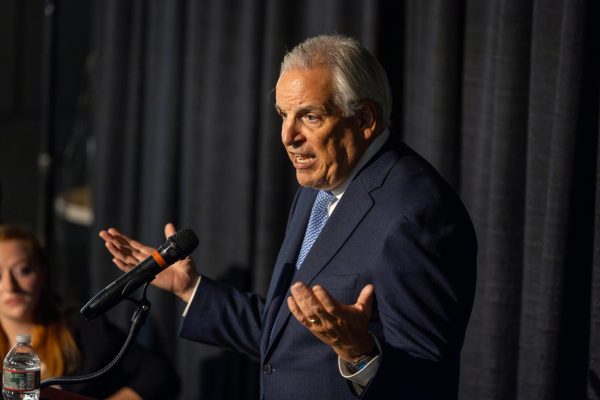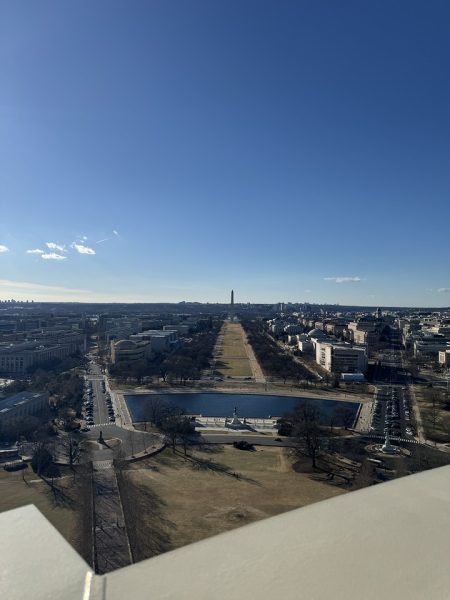Thanksgiving brings different meanings for all: How the holiday is interpreted as a day of celebration, or one of mourning
Thanksgiving is one of a few holidays that is uniquely American. For most of America, Thanksgiving is a chance to reconnect with loved ones and to celebrate what everyone is thankful for. However, some Americans consider Thanksgiving Day to be a reminder of a history of oppression, similar to the way that some view Columbus Day in a negative light. While all native people have different opinions about Thanksgiving, many of them consider the holiday to be a National Day of Mourning.
According to The United American Indians of New England, many Native People consider Thanksgiving to be “a reminder of the of the genocide of millions of millions of Native people, the theft of Native lands and the relentless assault on Native culture.” Since the 1970s, Native Americans and their supporters have gathered at Cole’s Hill in the town of Plymouth, Massachusetts to “honor [their] Native ancestors and the struggles of Native peoples to survive today.”
The holiday also functions as a “protest of the racism and oppression which Native Americans continue to experience. These protests resulted in the establishment of a 1998 settlement following the arrest of 25 peaceful protesters in 1997. One of the consequences of this included the town of Plymouth recognizing the right of the United American Indians of New England to “demonstrate in Cole’s Hill and to march in Plymouth on the National Day of Mourning” every year without the requirement of a permit. It also resulted in a plaque on Cole’s Hill that commemorates the protests.
There are other monuments in downtown Plymouth that commemorate the Wampanoag people, and there are museums like Plimouth Plantation that accurately represent both Pilgrim and Native history and culture.
Kat Vicente, president of the Multicultural Student Union, said, “although Thanksgiving now is a holiday to be thankful for all the blessings we have in life whether that be family, friends or health, we cannot ignore that the U.S. has been white washing indigenous history.”
“The American education system portrays this false narrative that the pilgrims and Native Americans worked perfectly together, when in reality that did not occur… I did not learn the truth about Indigenous People until I got to college. We need to start learning about indigenous history because Indigenous People do exist. They haven’t disappeared, they have just been removed from history,” Vicente continued.
In her New York Times article entitled “Most Everything You Learned About Thanksgiving is Wrong,” Maya Salam asserts that most Americans did not learn about an accurate version of Thanksgiving because they were taught by “school textbooks with details often so abridged, softened or out of context that they are rendered false.”
These textbooks can leave American students with some common misconceptions.
For example, while turkey was abundant in the Plymouth area, there is no evidence that turkey was served at the original Thanksgiving feast. This does not mean that enjoying turkey or even enjoying Thanksgiving itself is wrong. It is simply important to be respectful toward different interpretations of the holiday.





